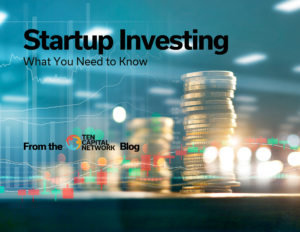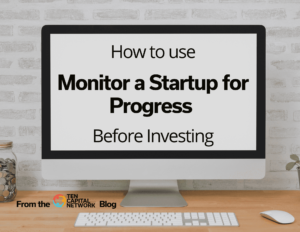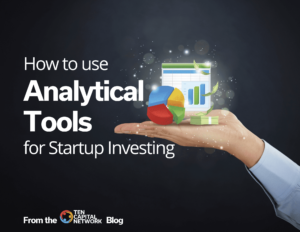
Tips For Using Your Financial Model
2 min read Financial models contain numerical data about the past, present, and future of your business. This information can be used to make business

2 min read Financial models contain numerical data about the past, present, and future of your business. This information can be used to make business

2 min read Your Financial Model will consist of several KPI’s, or key performance indicators. The metrics show the business’s overall health and can influence

2 min read Startup investing is an attractive venture for many in the world of investing. Before investing in a startup company, its important to

1 min read How does one know How to Invest at an Opportune Time? As an investor, you want to monitor the progress of the

2 min read When deciding on a venture, it is important to monitor a startup for progress before investing. At first blush, all investment opportunities look

2 min read Some investors believe the rise of data analytics will take over the decision-making process for startup investing and that most venture capitalists